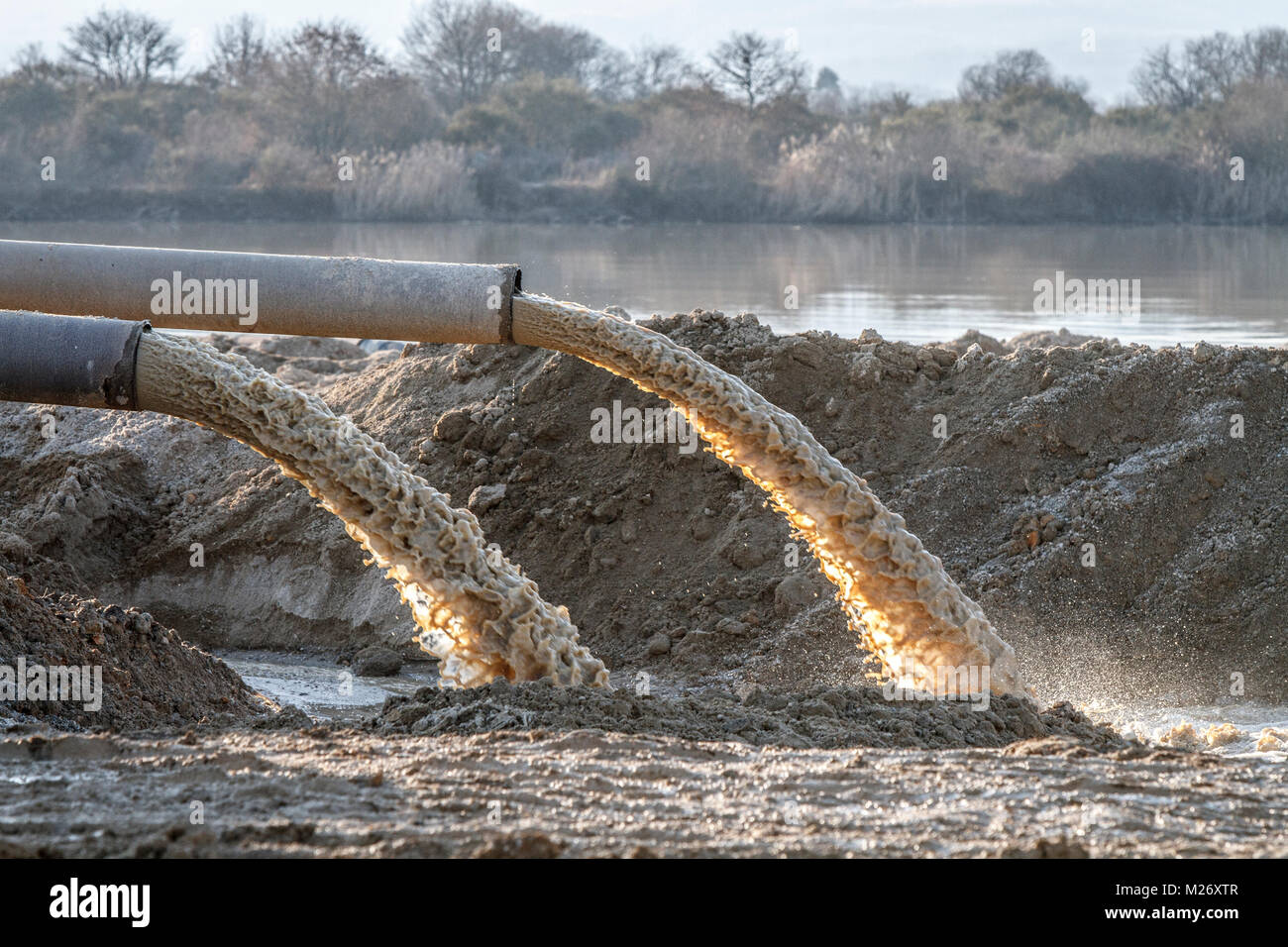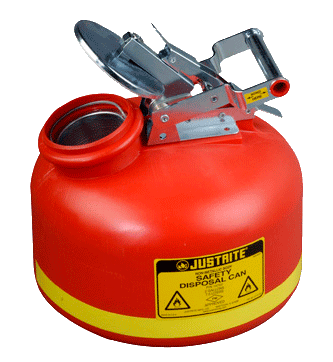Comprehensive Liquid Waste Disposal: Solutions for Residences and Businesses
Comprehensive Liquid Waste Disposal: Solutions for Residences and Businesses
Blog Article
Exactly How Liquid Garbage Disposal Works: A Comprehensive Review of Methods and Technologies Employed

Introduction of Liquid Waste Kind
The intricacy of fluid waste kinds demands a thorough understanding of their characteristics and implications for disposal. Fluid waste can extensively be classified right into a number of types, including industrial, metropolitan, farming, and unsafe waste. Each group displays unique properties, requiring specific monitoring approaches to alleviate environmental and wellness threats.
Industrial fluid waste originates from producing procedures and usually has a series of pollutants, such as heavy steels, solvents, and organic substances. Metropolitan liquid waste, primarily consisting of wastewater from homes and business facilities, includes natural matter, nutrients, and pathogens (industrial wastewater treatment). Agricultural fluid waste, consisting of overflow from farms, might contain plant foods, chemicals, and pet waste, positioning threats to water high quality and communities
Dangerous fluid waste is characterized by its poisoning, reactivity, or potential to trigger damage. Recognizing these varied fluid waste types is important for creating reliable disposal methods and guaranteeing conformity with environmental regulations.
Physical Treatment Methods

Testing is the initial action, where larger particles and particles are eliminated from the fluid waste using displays or grates. In sedimentation storage tanks, heavier fragments clear up at the bottom, forming a sludge layer, while the made clear liquid can be additional treated.
Purification is an additional crucial method that entails passing the fluid with porous products, such as sand or membranes, to record smaller particles. This action improves the top quality of the liquid, making it suitable for succeeding therapy processes.

Chemical Therapy Techniques
Chemical therapy techniques are crucial for efficiently taking care of liquid waste, particularly in attending to liquified and colloidal pollutants that physical approaches may not appropriately remove. These strategies use various chemical representatives to neutralize, precipitate, or change hazardous compounds right into less damaging kinds.
One common technique is coagulation and flocculation, where chemicals such as alum or ferric chloride are added to advertise the gathering of suspended bits. This process improves sedimentation, permitting for much easier removal of the resulting sludge. Furthermore, oxidation processes, utilizing representatives like chlorine or ozone, are utilized to break down complicated organic compounds and virus, rendering the waste much safer for discharge or more therapy.
Neutralization is an additional crucial method, which readjusts the pH of acidic or alkaline waste streams to neutral degrees, preventing prospective damage to downstream systems and the atmosphere. Moreover, progressed oxidation procedures (AOPs) make use of mixes of oxidants and ultraviolet light to weaken persistent pollutants, attaining a higher degree of therapy performance.
Organic Therapy Procedures
Organic therapy procedures play a crucial role in the monitoring of fluid waste by making use of microbes to decompose raw material and lower impurity degrees. These processes can be extensively categorized into anaerobic and aerobic therapies, each employing particular microbial communities to achieve effective waste destruction.
Cardio therapy involves making use of oxygen to help with the breakdown of natural products by germs. This process is commonly implemented in turned on sludge systems, where aeration tanks give a helpful atmosphere for microbial growth, leading to the oxidation of natural contaminants. The resultant biomass can be separated from dealt with effluent with sedimentation.
In comparison, anaerobic therapy occurs in the lack of oxygen, depending on different microorganisms to damage down organic issue. This technique is particularly advantageous for high-strength waste, as it creates biogas, a sustainable power resource, while minimizing sludge production. Technologies such as anaerobic digesters are regularly utilized in municipal and commercial applications.
Both cardio and anaerobic organic treatments not just lessen the environmental impact of fluid waste but additionally facilitate source recovery, making them crucial elements of lasting waste administration approaches. Their effectiveness, performance, and adaptability sustain their widespread application throughout numerous sectors.
Emerging Technologies in Disposal
Ingenious approaches to liquid waste disposal are visit this site right here quickly advancing, driven by developments in innovation and a boosting emphasis on sustainability. Among these emerging technologies, membrane bioreactors (MBRs) have gotten traction for their capability to integrate biological treatment with membrane filtration, resulting in high-quality effluent that can be recycled in different applications. MBRs allow smaller impacts and extra reliable procedures compared to standard systems.
Another promising development is using anaerobic digestion integrated with nutrient recovery innovations, which not only deals with fluid waste however likewise produces biogas and recuperates beneficial nutrients like nitrogen and phosphorus. This dual advantage boosts source effectiveness and decreases ecological impact.
Additionally, progressed oxidation procedures (AOPs) are being embraced for the degradation of complex natural toxins. These techniques utilize powerful oxidants and stimulants to damage down contaminants at the molecular degree, using an extremely effective remedy for difficult waste streams.
Additionally, the integration of artificial intelligence and device knowing in waste monitoring systems is maximizing operational effectiveness and anticipating maintenance, bring about minimized costs and boosted environmental conformity. These modern technologies show a significant change towards even more sustainable and efficient liquid garbage disposal practices.
Verdict
In final thought, effective fluid review waste disposal requires an extensive understanding of numerous techniques and innovations. The integration of physical, chemical, and organic treatment techniques ensures the effective management of diverse waste types. Furthermore, the introduction of cutting-edge innovations improves treatment efficacy and promotes sustainability in waste monitoring techniques. By constantly progressing these techniques, it becomes possible to deal with the expanding obstacles associated with liquid waste, inevitably adding to environmental management and source recovery.
Liquid waste disposal is a vital facet of ecological more info here monitoring, calling for a thorough understanding of various techniques and modern technologies tailored to different waste kinds. Fluid waste can generally be classified right into numerous kinds, consisting of industrial, local, farming, and harmful waste. Agricultural liquid waste, including runoff from farms, might have plant foods, chemicals, and animal waste, posturing threats to water quality and communities.
Various physical treatment approaches play a crucial function in managing fluid waste properly - industrial wastewater treatment.In final thought, efficient liquid waste disposal demands a thorough understanding of different techniques and technologies
Report this page